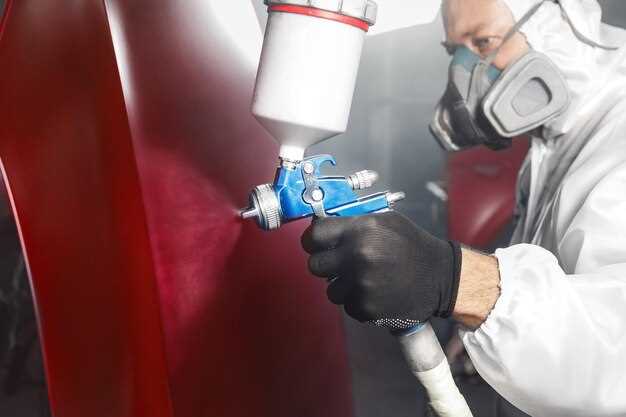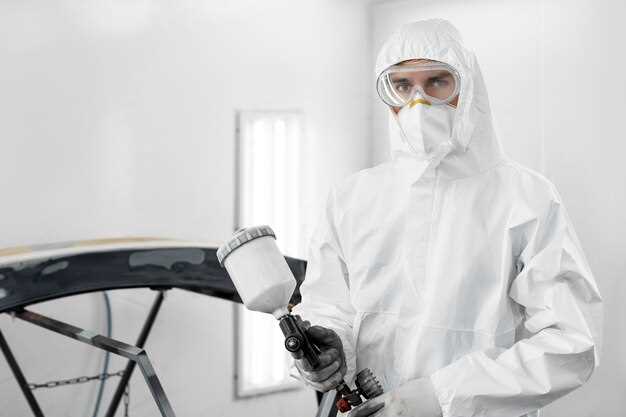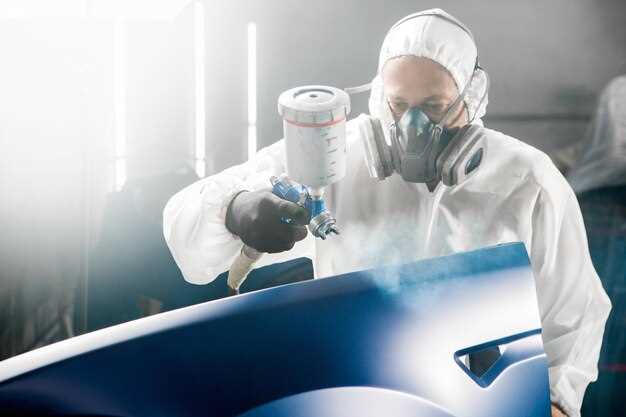
Proper maintenance of your trailer’s paint and coating is essential for preserving its appearance and longevity. Without regular care, the surface can deteriorate due to various environmental factors, leading to corrosion and expensive repairs. Understanding how to effectively protect your trailer can help you avoid these issues and keep it looking its best.
The paint and coating of your trailer serve as a barrier against the elements, including moisture, UV rays, and road debris. Regular inspections and maintenance are key components in corrosion prevention. By identifying early signs of wear or damage, you can take proactive measures to address these concerns before they escalate into more serious problems.
In this guide, we will explore effective strategies for caring for your trailer’s paint and coating. From choosing the right cleaning products to applying protective coatings, we’ll provide essential tips to ensure your trailer remains in top condition. By following these recommendations, you can enjoy your trailer for years to come while protecting your investment from the harmful effects of corrosion.
Understanding Different Types of Trailer Coatings

When it comes to protecting your trailer, understanding the various types of coatings available is essential for effective prevention of damage. Each type of coating offers unique benefits and levels of protection against environmental factors, particularly corrosion.
One of the most common types of trailer coatings is enamel paint. This type offers a glossy finish that enhances the aesthetic appeal of your trailer. Enamel paint provides a substantial barrier against moisture and UV rays, which are primary causes of paint degradation and corrosion over time.
Another popular option is epoxy coatings. These coatings are known for their exceptional durability and resistance to chemicals, making them ideal for trailers that frequently come into contact with harsh substances. Epoxy coatings bond strongly to the surface of the trailer, providing a formidable defense against corrosion.
Polyurethane coatings are also gaining popularity due to their flexibility and UV stability. They are highly resistant to scratching and chipping, which ensures that the underlying metal remains protected from corrosion-inducing elements. Their ability to withstand temperature fluctuations further enhances their longevity.
In addition to these traditional coatings, there are also newer technologies available, such as ceramic coatings. These provide a strong hydrophobic layer that repels dirt, grime, and moisture, thus preventing corrosion. Ceramic coatings have become favored for their ease of maintenance and long-lasting protection.
Each coating type has its specific applications depending on the environment in which the trailer operates. By understanding these coatings and their properties, you can make informed decisions that will help prolong your trailer’s life and maintain its appearance while effectively preventing corrosion.
Step-by-Step Process for Cleaning and Applying Coatings

Maintaining your trailer’s paint and coating is essential for preventing corrosion and ensuring longevity. Follow these steps to effectively clean and apply protective coatings.
Step 1: Gather Your Materials – Before starting, collect all necessary materials including a pressure washer, pH-neutral soap, a sponge or soft brush, microfiber towels, and a suitable protective coating such as wax or sealant designed for trailers.
Step 2: Rinse the Trailer – Use a pressure washer to thoroughly rinse your trailer. This removes loose dirt, debris, and contaminants that may damage the surface during cleaning.
Step 3: Clean the Surface – Mix pH-neutral soap with water and apply it to the trailer using a sponge or soft brush. Focus on one section at a time, scrubbing gently to avoid scratching the paint. Rinse each section immediately after cleaning to prevent soap residue.
Step 4: Dry the Trailer – After rinsing, use microfiber towels to dry the trailer completely. This step is crucial to prevent water spots and ensure optimal adhesion of the coating.
Step 5: Inspect for Damage – Examine the trailer for any signs of damage or corrosion. If you find any areas of concern, address them before proceeding with the coating application. This may involve sanding down the affected area and applying a rust-inhibiting primer.
Step 6: Apply Coating – Choose a protective coating appropriate for your trailer’s material. Follow the manufacturer’s instructions for application, typically using an applicator pad or spray. Ensure even coverage and pay extra attention to edges and seams where corrosion may develop.
Step 7: Allow to Cure – After applying the coating, allow sufficient time for it to cure as recommended by the manufacturer. This process is essential for achieving maximum protection against corrosion and environmental elements.
Step 8: Regular Maintenance – Implement a routine maintenance schedule, cleaning your trailer at least every few months and reapplying the protective coating as needed. This proactive approach will help prevent corrosion and keep your trailer looking its best.
Best Practices for Preventing Corrosion on Trailer Surfaces
Preventing corrosion on trailer surfaces is essential for maintaining its appearance and extending its lifespan. Here are some best practices to protect your trailer:
1. Regular Cleaning: Wash your trailer frequently to remove dirt, salt, and chemicals that can contribute to corrosion. Use mild soap and water, and ensure all residues are thoroughly rinsed off.
2. Apply Protective Coating: A high-quality protective coating can act as a barrier against moisture and corrosive elements. Consider using a specialized trailer coating that provides UV protection and is resistant to chipping and scratching.
3. Inspect for Damage: Regularly check your trailer’s surface for scratches, chips, and other damage that exposes bare metal. Address any such issues promptly by touching up the affected areas with appropriate paint or coating.
4. Proper Storage: Store your trailer in a dry, covered area when not in use. If outdoor storage is necessary, invest in a high-quality cover that protects against rain, snow, and sunlight.
5. Use Corrosion Inhibitors: Consider applying a corrosion inhibitor to vulnerable areas, such as undercarriage and joints. These products can significantly reduce the risk of rust formation.
6. Maintain Seals and Gaskets: Regularly inspect and replace seals and gaskets to prevent water ingress, which can lead to corrosion. These components play a critical role in maintaining the integrity of the trailer’s coating.
7. Avoid Contact with Corrosive Materials: Be cautious of road salt, chemicals, and plant material that can cause corrosion. After exposure, make sure to clean the trailer promptly.
By consistently following these practices, you can effectively prevent corrosion on your trailer surfaces, ensuring its durability and longevity.





